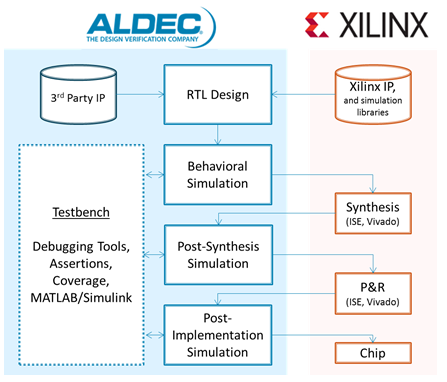

It’s likely that in doing so, the participant may cover all or many of the above. The above questions could be answered by asking the participant to describe a typical day at work.

What aspects of this product do users care most about, and why?.How have users managed to solve this problem in the past?.How do users make a decision in this situation?.What are users’ expectations in this situation?.Below are some examples of research questions: Write these out first before working on your interview guide, as they will shape your interview questions. Good! But what do you want to find out from them? These are your research questions. Maybe you’ve realized you need to speak to users because you don’t know anything about them. Sometimes the research questions are clear and obvious. Here are some steps meant to help you create an interview guide if you’re new to this practice. Ultimately, without an interview guide, you are in danger of compromising the validity of your data. Not covering topics relevant to your research questions in each interview.Asking leading questions as you try to think of questions on the spot.

Without an interview guide you run the risk of: However, it’s important to have one to ensure you get the most out of your interviews.
#Unisim design user guide full#
It’s not uncommon to spend a full day crafting one. These will be followed by carefully crafted, probing questions to uncover motivations or beliefs behind certain reported behaviors or utterances.Ĭonstructing a good interview guide can be tricky and time-consuming. (Obviously, the way you conduct the interview will also be important, but that’s another article!) Interview guides should include a few concise, open-ended questions to encourage participants to tell their stories. Unlike an interview script - which is used in structured interviews - an interview guide can be used flexibly: interviewers can ask questions in any order they see fit, omit questions, or ask questions that are not in the guide.Ī good interview guide paves the way for a deep, free-flowing conversation with participants. In a semistructured interview, the interviewer uses an interview guide (also referred to as a discussion guide). Typically, the interviews carried out at this stage are semistructured (referred to as “depth interviews” by market researchers) - they generally have a predefined structure, but also allow the interviewer the flexibility to follow up on significant statements made by participants. In the discovery phase of product development, user interviews are often used to capture important information about users: their backgrounds, beliefs, motivations, desires, or needs.


 0 kommentar(er)
0 kommentar(er)
